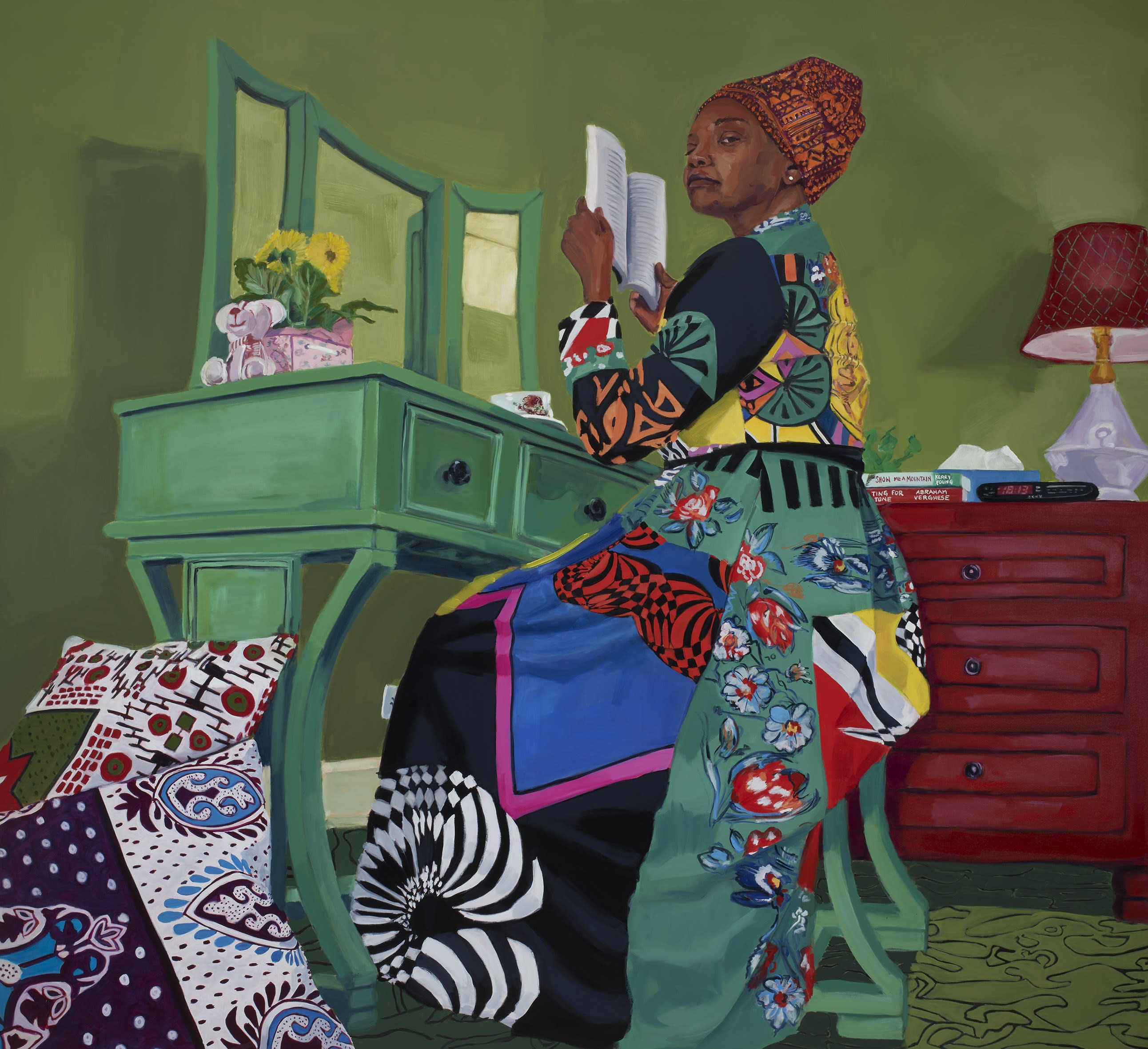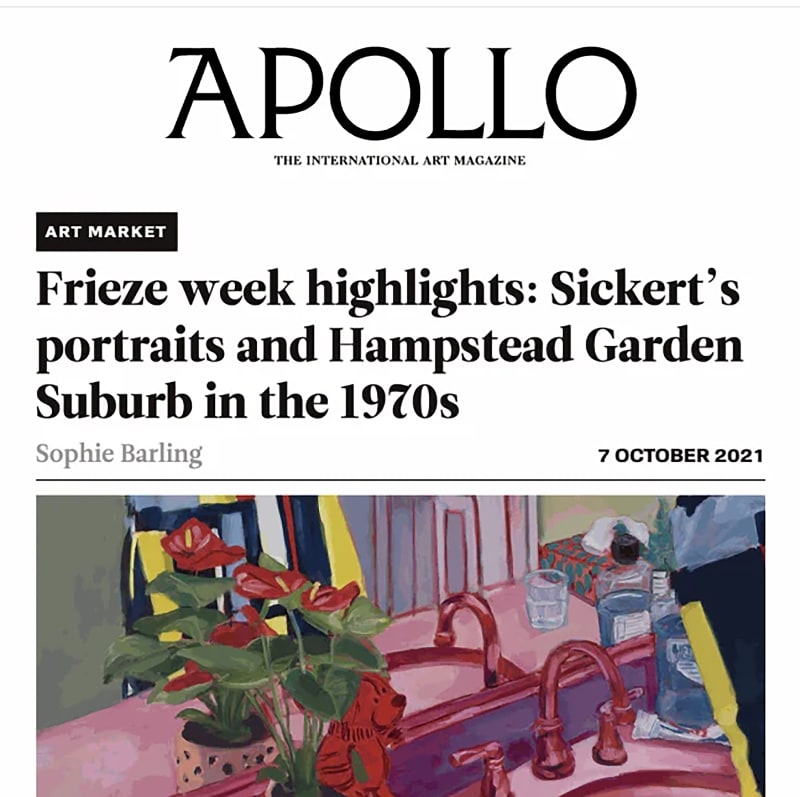With hundreds of exhibitions and events vying for your attention in London during Frieze week, Apollo’s editors pick out the shows they don’t want to miss

‘London is spiffing,’ Walter Sickert wrote to a friend in 1913. ‘Such evil racy little faces and such a comfortable feeling of the solid basis of beef and beer. O the whiff of leather and stout from the swing-doors of the pubs!’ Pubs, cafes, music halls – here was the theatre of life for Sickert, a one-time actor who as a painter could draw out the drama in a piece of flock wallpaper. It’s surely no coincidence that previous collectors of his work include Alfred Hitchcock, Noël Coward and John Gielgud. Ahead of several exhibitions next year to mark the 80th anniversary of his death, Piano Nobile has assembled this impressive cast of canvases – full of the intrigue and characters that make this pupil of Degas and reader of Dickens so endlessly compelling (until 17 December). The 40 or so works include a newly discovered painting from c. 1916–17, The Club Dance, exhibited for the first time here.
Like Sickert, the Chicago-based Kenyan artist Wangari Mathenge knows something about interiors and interior lives; unlike Sickert’s women, however, those in Mathenge’s explosively colourful domestic settings – replete with Kanga textiles and other signifiers of their subjects’ East African heritage – have agency, either contemplating themselves and their own thoughts or observing us, the viewer, with magnificent hauteur. For her display at Pippy Houldsworth, Mathenge will recreate a family living room from the 1970s, when the artist spent childhood years living in the Hampstead Garden Suburb in London (9 October–13 November). Alongside these new paintings will be works from her series The Expats, which responded to an essay by Mawuna Remarque Koutin that asked ‘Why are white people expats when the rest of us are immigrants?’.
A more abstract concept of the individual is at play in an exhibition curated by Tomasso and Willoughby Gerrish, who will pair the timeless-looking sculptures of Emily Young with ancient Roman and neoclassical figures (13 October–12 November). I’m looking forward to seeing the striations, veins and endless colour gradations in Young’s carvings from golden onyx, alabaster and other stones up close and personal.

